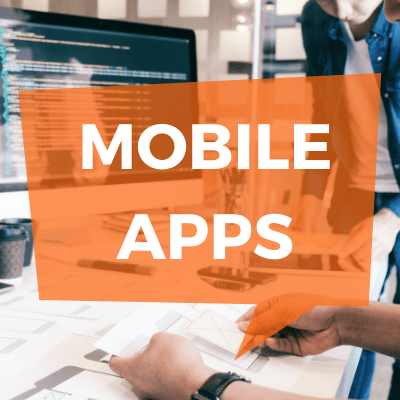What is Mobile Application Development

Mobile Application development is a process of designing and creating a mobile based software. In simple words certain developer(s) designs, creates and develop a software which would be functional on smartphones that every common man owns. Mobile application mostly use mobile network connection or mobile system processor to be fully functional. Some mobile application can be system friendly where as there are mobile application that can do more harm to your mobile system. Best mobile application development meaning to create mobile application that is useful, meaningful, serves your purpose and of course system as well as user friendly.
Earlier there were many types of mobile application based on the platform they run. There were java, Symbian, blackberry OS based mobile application but in this era of smartphones the most used are Android and IOS based platform. The iOS platform is the operating system that powers Apple’s popular line of iPhone smartphones. The second is Android from Google. The Android operating system is used not only by Google devices but also by many other OEMs to build their own smartphones and other smart devices. While Apple uses its iOS platform only for its own series of iPhones, Google shares its Android platform with other developers and smartphone in exchange of they meet specific requirements such as including certain Google applications on the devices they ship. Developers can build apps for hundreds of millions of devices by targeting both of these platforms.
MOBILE APPLICATION DEVELOPMENT CYCLE
There are two phase to mobile application development:
i. Mobile Application “Front end“
ii. The services “Cloud Back end”
FRONT-END VS. BACK-END
In the early days of the modern smartphone applications era, mobile applications went through a similar evolution as first websites. At first, the applications and sites where wholly contained within themselves and acted as little more than static advertisements for the brand, company, product, or service.The front end is the visual part of the app that the user interacts with, and the back end,which contains all the code that drives the app.The front end is written using XML. I have never used XML before, but it is very similar to HTML in that it is a mark-up language that uses nested tags as its programming structure.Android uses several XML files to create the app’s front end. There is at least one XML layout file for each activity (or several if you are supporting multiple device sizes), as well as layout files for custom views. XML is also used to define constant strings that will be placed in the layouts, such as the text on a button. The back end is written in Java, which is great because it is a language that I am very familiar with. You can use the Java standard library in addition to the Android library when coding your app. This gives you access to a ton of pre-made objects, and the APIs are thoroughly documented online by Oracle and Google.
INTERRELATION BETWEEN FRONT END & BACK END
The mobile front-end obtains the data from the back-end via a variety of service calls such as APIs. In some cases, these APIs may be owned and operated by the same entity developing the mobile application. In other cases, the API may be controlled by a third party and access is granted to the mobile application via a commercial arrangement.For example, an mobile app developer may obtain social media or advertising content by making calls to media or advertising company services. In this case, a developer may have to sign a contract in order to obtain credentials and a key that grants access to the API and governs how that developer can use it, how much it will cost, or how frequently it may be called, or how much data can be requested over what time period.